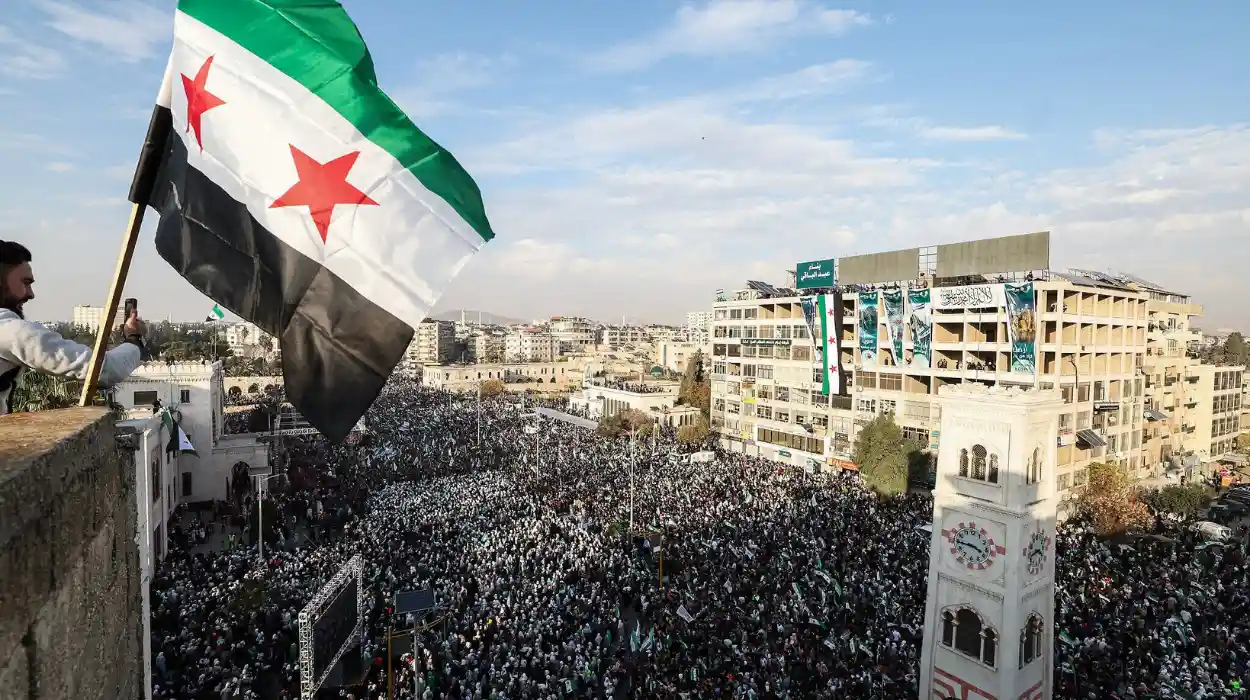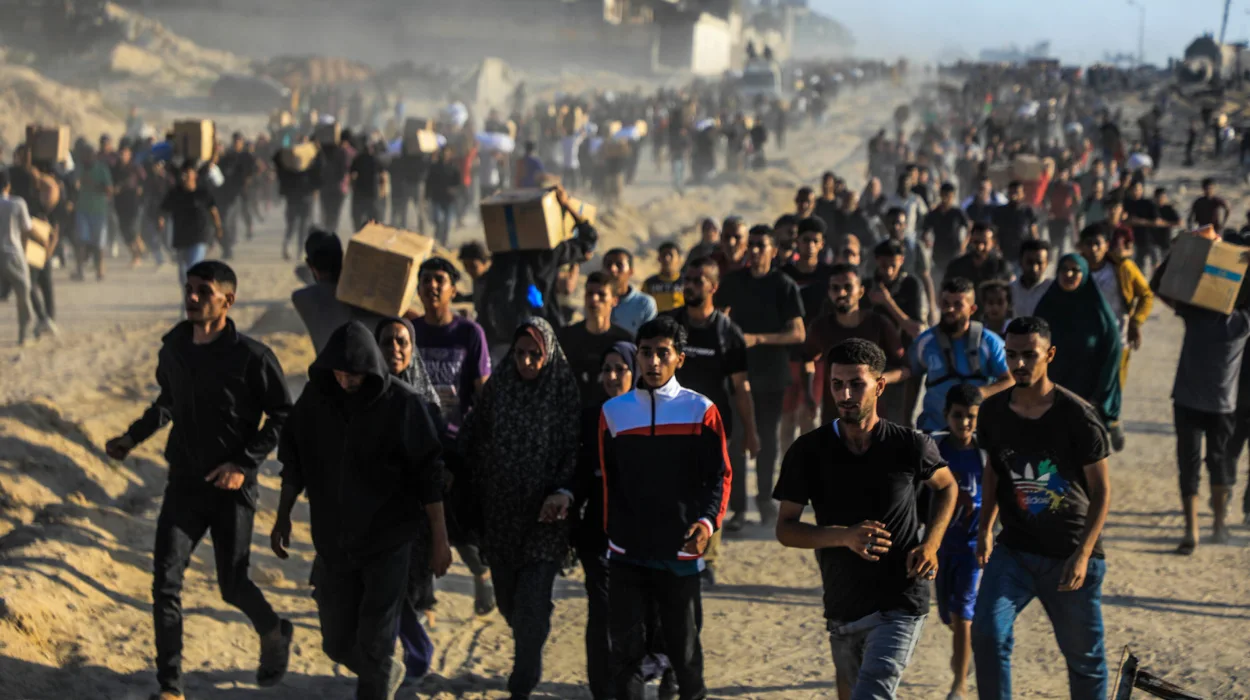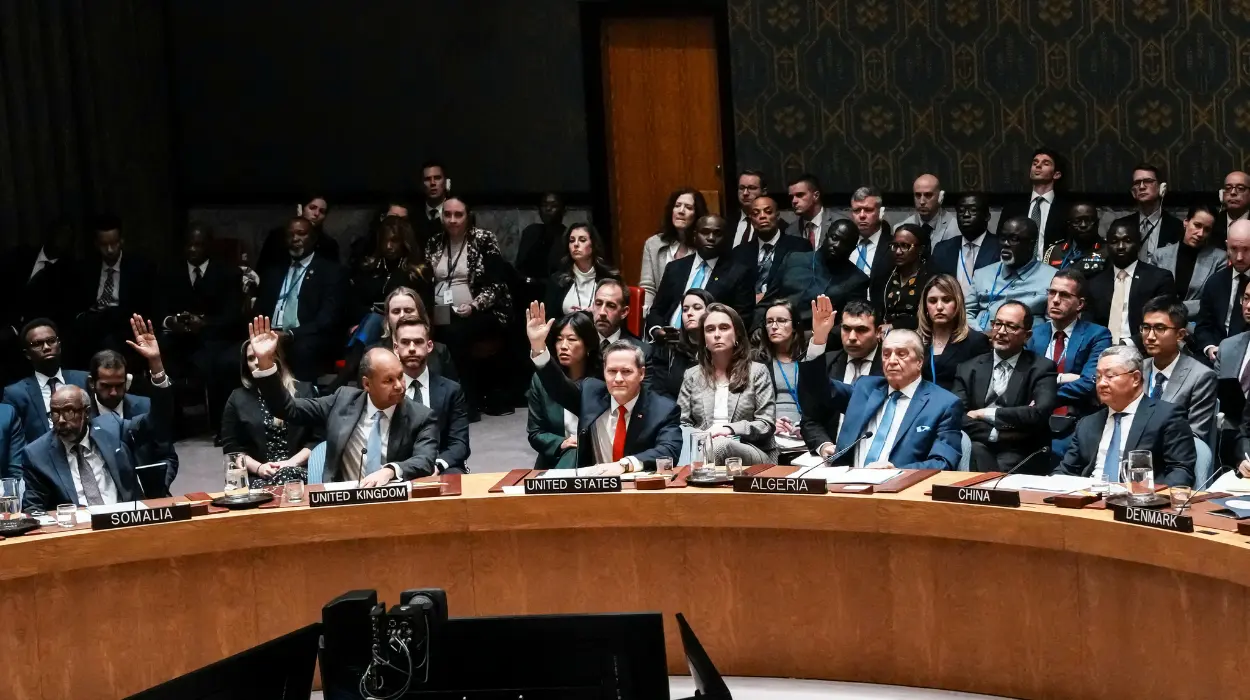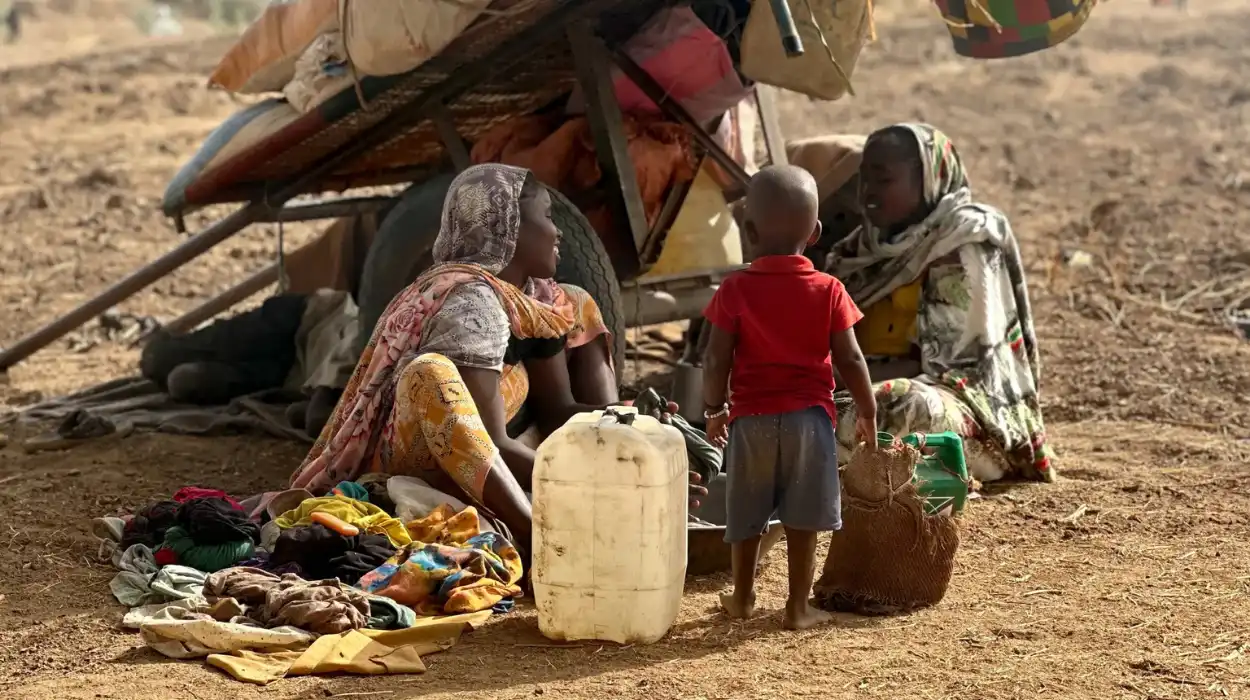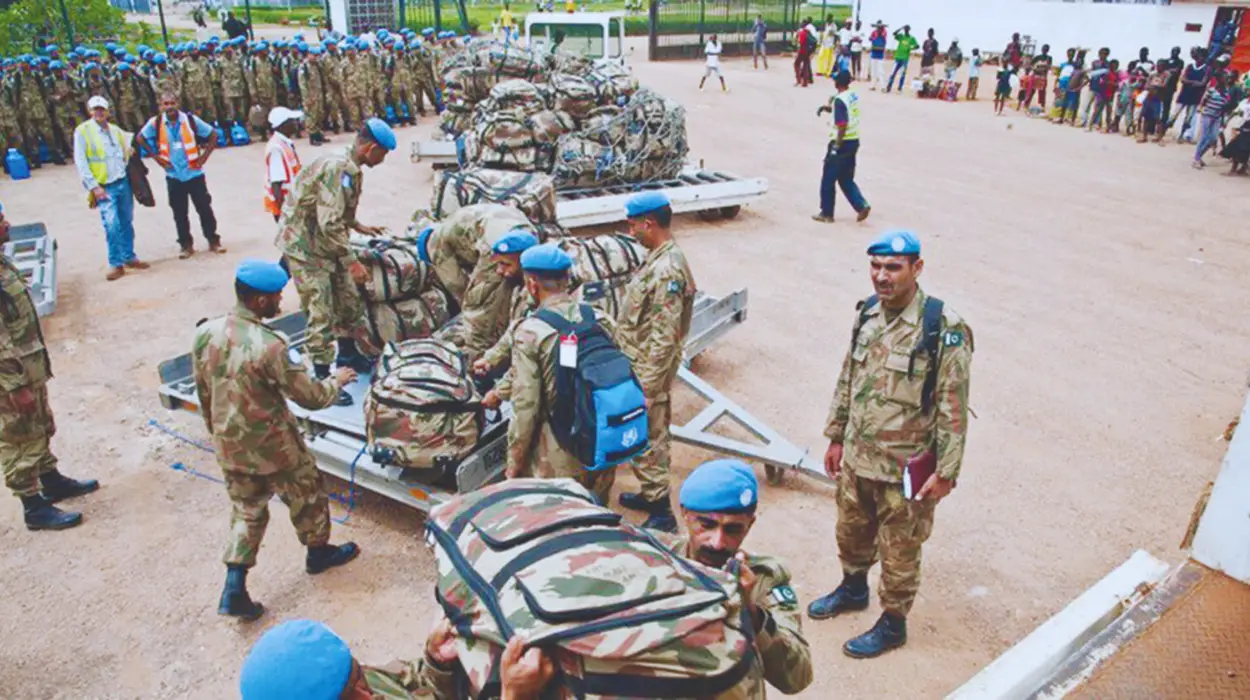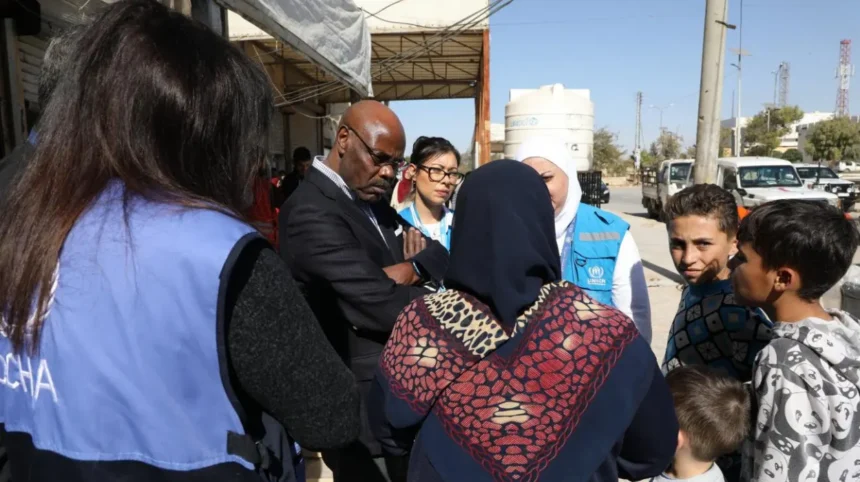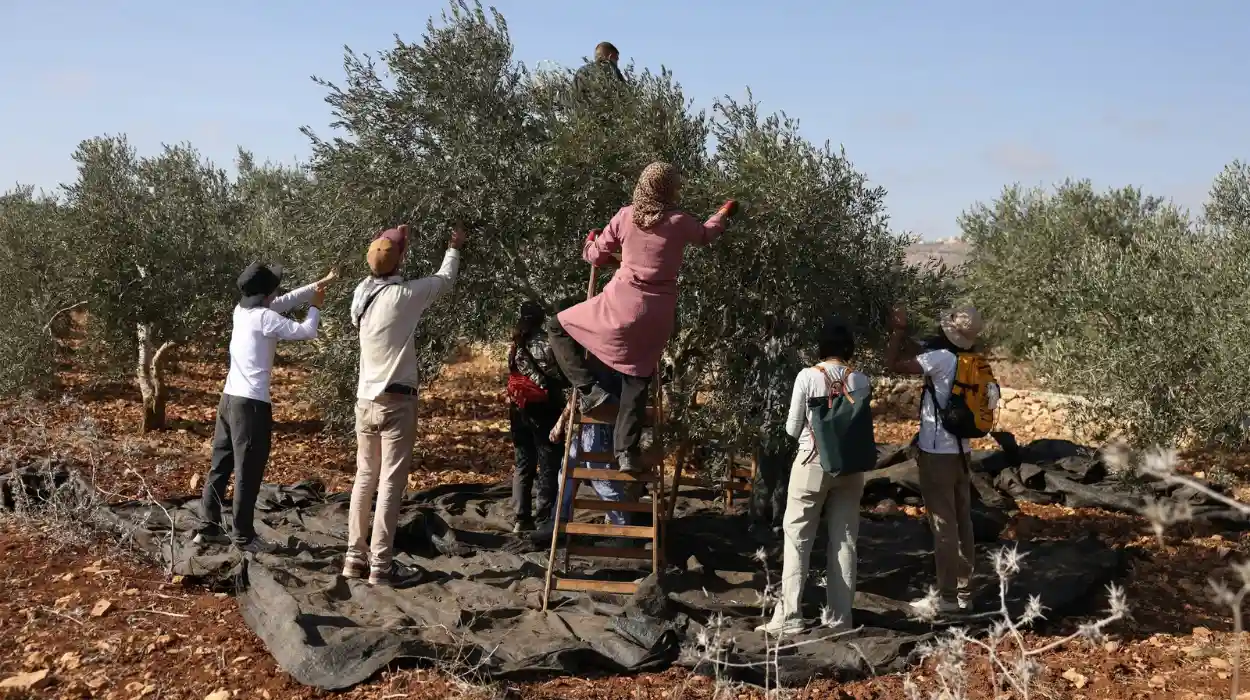Syria still struggles with one of the worst humanitarian disasters in the 21st century. Over 16 million people, or about 70 percent of the population are still in need of humanitarian aid 14 years after the conflict started. The sudden collapse of the Assad regime in December 2024 has thus marked a new dawn, which is full of shaky optimism and new uncertainty. Although political restructuring has given hope of national reconciliation, the humanitarian and economic situation is deplorable.
The biggest challenge that the United Nations has to confront in the year 2025 is to direct the recovery of Syria with the record funding deficit and escalating operational impediments. It is not just a question of how to provide assistance in an efficient manner anymore, but how to prepare the foundation of a long-term, Syrian-led recovery in a scenario of scarce resources and ongoing instability.
The stark reality of funding shortfalls
According to the Syria Humanitarian Response Plan (HRP) of 2025, the population of the country is estimated to require a total of 3.19 billion dollars to meet urgent humanitarian needs. However, by mid-year, it is only 11-16% funded, one of the lowest ever in the history of the crisis. There has been a shortfall in this funding, which has compelled agencies to reduce their life-saving initiatives, where over 340 health facilities are either suspended or being used to less capacity. More than seven million Syrians have become incapable of obtaining regular medical services and the World Food Programme believes that the vital food aid services may be further cut should pledges not be met by early 2026.
These deficiencies have physical human costs. There are severe reports of disruption in vaccination and maternal health services by aid workers and education programs to displaced children are being cancelled in several governorates. The UN has termed the present financial burden as existential to the humanitarian facilities of Syria.
Impact on healthcare and food security
Healthcare is a significant victim of loss of funds. Cholera and measles, which could be prevented, are spreading again with less than 60 percent of hospitals operational at full capacity. Outbreaks of cholera, frequency of drought and poor sanitation have led to the outbreak of cholera in Aleppo and Deir ez-Zor causing it to spread to over 30,000 individuals. Meanwhile, food insecurity is threatening the lives of over half the population of Syria and agricultural productivity is declining as a result of low fertilizer supply and unpredictable rainfall.
These overlapping crises prove that financial restraints may turn into multi-sectoral disasters in a short period. Humanitarian actors have warned of a wave of collapses in the most vital services without urgent funding of the international efforts to counter the collapse before the year 2025.
The UN’s multi-faceted leadership in recovery
The UN has been of crucial operational presence in Syria despite all the challenges it has faced. By the Office of the Coordination of Humanitarian Affairs (OCHA), coordination systems have been simplified with the aim of targeting the most vulnerable communities, which fall under the highest level of severity. This has enhanced accountability and prioritization in the face of scarcity of resources.
The cross-border operation with Turkiye has risen seven times since late 2024, which is an indication of a new international determination to keep the aid routes open. Millions of people are still receiving vaccination, emergency shelter and food deliveries every month, which shows how UN Resident Coordinator Adam Abdelmoula has agreed that humanitarian collaboration has been resilient in the face of resource depletion.
Engaging the interim government and local authorities
Since the change of regime, the UN has increased its contact with the Syrian interim government and the local councils. The coordination of humanitarian activities and preparation of the initial recovery projects such as rehabilitation of water and urban waste management have also been put in place to manage through joint working groups. This partnership is a departure from the containment of the crisis to capacity building.
In April 2025, Abdelmoula underlined that Syrians should drive their own recovery, stating that the inclusion in governance is the central point in the process of restoring the confidence of people and stabilizing the basic services. This humanitarian-national congruence can be seen in the extended Humanitarian Response Priorities framework which is now estimated to run through December 2025.
Strategic imperatives for advancing Syria’s recovery
One of the issues that kept on reoccurring in 2025 is the dilemma between the urgency of responding to humanitarian needs and long-term development needs. UN Under-Secretary-General Tom Fletcher has recently noted that unless there is equal investment in infrastructures and livelihoods, humanitarian aid will fail to end the circle of dependency in Syria.
Early recovery programs that have been launched by the UN Development Programme (UNDP) and World Bank include repairing and rebuilding infrastructure, vocational training and agricultural recovery. These efforts however need long term, predictable funding as opposed to emergency grants on a short term basis. Such financing mobilization will see Syria shift to resilience and not relief within the next five years.
Addressing displacement and reintegration challenges
Late 2024 political transition caused a wave of returns, as almost 900,000 refugees and 1.9 million people who were internally displaced have tried to resettle in their home areas. However, reintegration has been associated with tough times: ruined houses, the shortage of social services, and scarce ways of earning a living. A high number of the returnees currently live in the informal towns without electricity and sanitation.
The foremost programs to support voluntary and safe returns and reintegration are the programs of the UN High Commissioner for Refugees (UNHCR) and International Organization for Migration (IOM). These are landmine clearance, housing rebuilding and social cohesion efforts to restore confidence between the communities that were separated in conflict. It is believed that the inclusion of humanitarian, developmental and peacebuilding aspects is the key to the prevention of a new displacement.
Promoting international solidarity and flexible funding
International interaction is still essential. Nevertheless, this has not stopped the UN from lobbying in favor of flexible, unearmarked funding which would enable the agencies to react promptly to new demands. Positively, partial U.S and EU sanctions are to be eased in 2025, creating avenues of non-commercial humanitarian trade, which would likely ease accessibility to essential provisions.
However, the effectiveness of such initiatives is based on long-term diplomatic interaction and burden-sharing. The ability of the UN to have both humanitarian and recovery agendas will be limited without international support.
Navigating risks in a complex environment
Although the Assad regime is now less severely suppressed directly, the security situation in Syria is unstable. Violation of ceasefire in Sweida and Idlib has been occurring, and so far, various armed groups are fighting over the region in the northeast. Regional politics such as Israeli attacks on Iranian targets, add acid layers of instability that directly impact humanitarian access.
The UN has adopted the strategy of conflict sensitive programming whereby the UN focuses on being neutral and interacting with all actors in order to keep safe corridors to the aid. This fine balance will be extremely important in the political transition that will take place by 2026.
Protection and human rights imperatives
Human rights and protection of civilians are the focus of the UN. Unexploded ordnance and left-over violence are claimed against children and women in disproportion. The UN Human Rights Office has recommended that rights-based monitoring should be implemented in recovery planning to eliminate impunity and encourage accountability.
This alignment of humanitarian response with human rights principles is not only ethical but instrumental to building social cohesion. It strengthens public confidence and fosters conditions for durable peace.
Syria’s recovery in 2025 stands at a critical crossroads. The United Nations holds a unique position to guide this process, yet its success depends on navigating the intersection of limited funding, political transition, and fragile security. The path forward will demand not just renewed financial commitments, but adaptive strategies that bridge immediate relief with the promise of reconstruction and reconciliation. Whether the international community meets this moment with sustained resolve could determine not only Syria’s future, but also the credibility of multilateral crisis recovery in an increasingly divided world.


